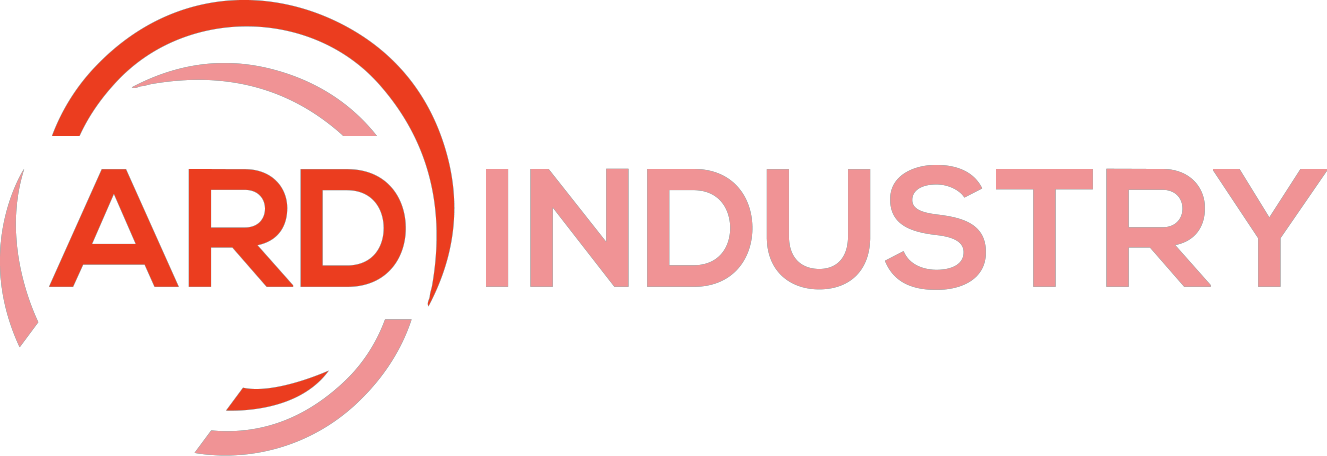Have you ever been drawn to a product just because of its packaging? Maybe it was the vibrant colors, the sleek design, or perhaps it was something unique that stood out from the rest. Packaging is so much more than just a protective layer for a product; it plays a pivotal role in capturing attention, conveying the brand’s message, and encouraging purchasing decisions. But what makes a truly compelling package design ? What are the essential elements that brands should focus on when creating packaging that not only protects the product but also promotes it?
In today’s competitive market, businesses have to be strategic with their packaging to stand out from the crowd. If you’re involved in product design or marketing, understanding the crucial components of package design can significantly influence your brand’s success. Whether you’re launching a new product or rebranding an existing one. Knowing what goes into creating a visually compelling and functional package will give you the upper hand.
In this blog post, we’ll explore the essential elements of compelling package design that go beyond just aesthetics. We’ll look at how good design can create an emotional connection, build trust with your customers, and ultimately drive sales. Let’s dive in!
1. Brand Identity and Consistency
When we think of package design, one of the first things that come to mind is how well it represents the brand. The most compelling packages are those that align seamlessly with the overall brand identity. But what exactly does that mean?
Branding Consistency is key to creating a package that communicates your product’s value while reinforcing your brand’s image. Think about how instantly recognizable a brand like Coca-Cola is. Not just because of the logo but also due to its consistent use of color, typography, and overall design. This consistency helps customers instantly recognize the product, and it builds trust.
Key Takeaway: Your packaging should reflect your brand’s values, voice, and personality. Whether you’re aiming for a luxury, eco-friendly, or playful vibe, make sure your packaging design is in sync with your brand’s overall image.
2. Visual Appeal and Aesthetics
At the end of the day, humans are visual creatures. The first thing that catches our attention is often a product’s appearance. The right combination of color, typography, images, and graphics can evoke emotions, tell a story, and even create a sense of urgency or exclusivity.
When designing packaging, it’s essential to ensure that the visual elements not only look good but also communicate the right message. For example, vibrant, bold colors may appeal to a younger demographic or convey a sense of energy. While muted, pastel tones might suggest calmness and sophistication.
Effective Color Psychology can also play a significant role in consumer behavior. For instance, red can stimulate appetite and excitement, which is why it’s commonly used in food packaging. On the other hand, green is often associated with health, nature, and sustainability—perfect for organic or eco-conscious products.
Typography also matters. Font style and size can determine the tone of your message. Elegant scripts evoke luxury, while bold, sans-serif fonts tend to feel modern and accessible. The visual appeal of your package should resonate with your target audience and align with your brand’s identity.
Key Takeaway: A visually appealing package that is designed with thoughtfulness can instantly grab attention, stir emotions, and communicate your brand’s story.
3. Functionality and Usability
While aesthetics are important, packaging needs to serve its primary function: protecting the product. However, great packaging design goes beyond protection; it also enhances the usability of the product.
For instance, packaging should be easy to open, resealable if necessary, and should allow for convenient storage. Packaging design that provides an excellent user experience ensures that consumers don’t just interact with the product but enjoy the process of using it. Consider the way some food products are packaged to ensure freshness or how cosmetics often have tamper-proof seals for safety.
Think about the form factor as well. Compact, stackable, or portable designs are great for consumers on the go, while luxurious or elaborate designs may be suited for high-end products where the unboxing experience matters.
Key Takeaway: Functional design not only protects the product but also enhances the user experience, ensuring that it’s convenient and practical for the consumer.
4. Sustainability and Eco-Friendliness
In recent years, consumers have become more environmentally conscious, and as a result, sustainable packaging has grown in importance. Packaging made from recycled materials, biodegradable components, or even zero-waste options can be highly appealing to today’s eco-conscious consumers.
Sustainable packaging isn’t just a trend; it’s a necessary step towards corporate responsibility. Brands that prioritize sustainability often receive positive recognition and loyalty from customers who value eco-friendly practices.
For example, companies like Lush and Patagonia use recyclable or compostable packaging to align with their environmental values. Sustainable packaging not only contributes to reducing waste but can also be a strong selling point if communicated correctly on the packaging.
Key Takeaway: Consumers increasingly value sustainability, and using eco-friendly materials in your package design can help you stand out in a positive light.

5. Informative and Clear Messaging
The best package designs are those that communicate everything the customer needs to know about the product clearly and concisely. If a customer has to struggle to figure out what the product is, how to use it, or what ingredients it contains, you risk losing their interest.
Clear messaging is especially critical for regulatory compliance, particularly in industries like food and health. Information such as product benefits, ingredients, instructions, and expiry dates should be easy to find and read.
Packaging should also tell a story about the product. For example, brands that incorporate storytelling elements, such as the inspiration behind the product or its journey, can forge a deeper emotional connection with customers.
Key Takeaway: Simple, clear, and informative messaging not only builds trust but also ensures that your customers have a seamless and pleasant experience.
6. Standout Differentiation
In a crowded marketplace, your product needs to stand out from the competition. This is where differentiation becomes key. The most compelling packaging often goes beyond merely fitting in; it dares to be unique.
Think of brands like Apple, which takes simplicity to the next level with their minimalist packaging. Or how about a unique, custom shape or interactive design, like Coca-Cola’s personalized bottles? These design elements catch attention and make a statement.
Being innovative with your packaging can also make it memorable. Whether it’s through interactive features, unusual shapes, or a clever use of materials, standing out ensures that your product gets noticed.
Key Takeaway: To capture attention in a competitive market, your packaging needs to differentiate itself, whether through creative shapes, materials, or innovative design features.
7. Target Audience Alignment
Your packaging design should always be aligned with the tastes and expectations of your target audience. Are you marketing a product to young, trendy consumers? Then bold colors, modern typography, and playful imagery might resonate best. On the other hand, if you’re selling a luxury product, the design should feel sophisticated and elegant, using premium materials and design techniques that convey exclusivity.
Knowing your target demographic allows you to choose the right colors, fonts, shapes, and even language to connect with potential buyers. If your package resonates with the values and aesthetic preferences of your target market, it will increase the likelihood of them choosing your product over others.
Key Takeaway: Understand your audience’s preferences and cater your design to meet their expectations, making them feel seen and understood.

Conclusion: Crafting Your Perfect Package Design
Compelling package design is a delicate balance of form and function. It’s about creating something that not only looks visually appealing but also serves the purpose of protecting and presenting the product. By aligning your design with your brand identity, focusing on visual appeal, ensuring usability, embracing sustainability, and providing clear messaging, you can create packaging that resonates with customers and drives sales.
If you’re designing packaging for your brand or launching a new product, think of the package as the first impression. It’s your chance to captivate, engage, and convert. When done right, a well-thought-out package can create an emotional connection that goes beyond the initial sale, turning customers into loyal advocates.
Remember, great packaging can elevate your product, boost your brand image, and set you apart in a competitive marketplace. Are you ready to create packaging that leaves a lasting impression?








